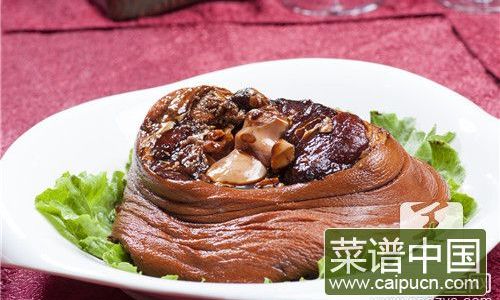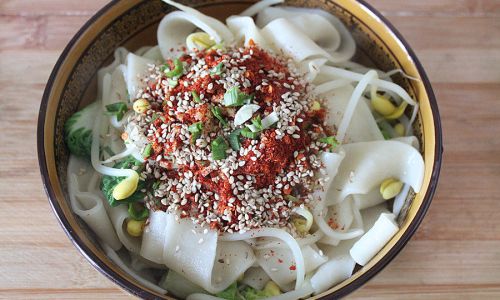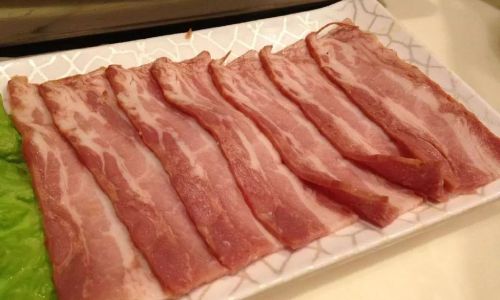Introduction
In the culinary world, pork hearts are a highly valued ingredient, appreciated for their unique texture and rich, savory flavor. They are a staple in many traditional dishes across various cultures, often featured in stews, soups, and grilled preparations. However, maintaining the freshness of pork hearts is crucial to ensuring their optimal taste and safety for consumption. This article delves into the various methods and considerations for preserving the freshness of pork hearts, from immediate handling post-purchase to long-term storage solutions. By understanding and implementing these techniques, home cooks and professional chefs alike can ensure that their pork hearts retain their quality, texture, and nutritional value.
Understanding Freshness and Shelf Life
Freshness in pork hearts, as with any meat product, is determined by several factors, including the initial quality of the meat, the conditions under which it was harvested and transported, and the storage methods employed post-purchase. Fresh pork hearts should have a firm texture, a bright red color with some marbling, and a mild, slightly sweet aroma. As they begin to spoil, they may develop a darker color, a slimy texture, and an unpleasant odor.
The shelf life of fresh pork hearts varies depending on storage conditions. At room temperature, pork hearts can spoil within a few hours due to bacterial growth. Refrigeration extends this period to a few days, while freezing can preserve them for several months. Understanding these timelines is essential for planning meals and ensuring food safety.
Immediate Handling Post-Purchase
The moment you bring fresh pork hearts home, proper handling begins. Here are some key steps to follow:
-
Inspection: Upon arrival, inspect the pork hearts for any signs of spoilage, such as discoloration, sliminess, or an off odor. If any of these signs are present, discard the product immediately.

-
Packaging: If the pork hearts are not already packaged, wrap them tightly in plastic wrap or place them in an airtight container. This helps to minimize exposure to oxygen, which can accelerate spoilage.
-
Temperature Control: As soon as possible, transfer the pork hearts to the refrigerator. The refrigerator should be set to a temperature of 40°F (4°C) or below to slow bacterial growth.
-
Labeling: To keep track of freshness, label the package with the date of purchase. This will help you monitor how long the pork hearts have been stored and ensure they are used within their recommended shelf life.
Refrigeration Techniques
Refrigeration is the most common method for short-term preservation of pork hearts. Here are some tips for effective refrigeration:
-
Proper Placement: Place the pork hearts on a lower shelf in the refrigerator, where the temperature is more consistent. Avoid placing them in the door, as this area tends to be warmer and more subject to temperature fluctuations.
-
Avoid Cross-Contamination: Keep pork hearts separate from other foods, especially raw poultry and seafood, to prevent cross-contamination. Use separate utensils and containers for handling pork hearts.
-
Use Within Recommended Timeframe: Fresh pork hearts should be used within 1-2 days of purchase for optimal freshness and safety. If you plan to store them longer, consider freezing them instead.
Freezing for Long-Term Preservation
For those who wish to extend the shelf life of pork hearts beyond a few days, freezing is an excellent option. Here’s how to freeze pork hearts effectively:
-
Preparation for Freezing: Before freezing, pork hearts should be thoroughly cleaned and trimmed of any excess fat or sinew. They can be left whole, sliced, or diced according to your preference.
-
Freezing Methods: There are two main methods for freezing pork hearts:
- Freezer Bags: Place the prepared pork hearts in heavy-duty freezer bags, removing as much air as possible before sealing. Label the bags with the date and contents.
- Vacuum Sealing: For longer-term storage and to further reduce the risk of freezer burn, use a vacuum sealer to remove all air from the packaging before freezing.
-
Freezer Temperature: Ensure your freezer is set to 0°F (-18°C) or below to maintain optimal freezing conditions.
-
Storage Arrangement: To maximize space and ensure even freezing, lay flat the sealed bags or containers on freezer shelves. Once frozen solid, they can be stacked.
-
Use Within Recommended Timeframe: Frozen pork hearts can be stored for up to 6 months for best quality, though they can be kept for longer periods if necessary. Always use the oldest frozen pork hearts first to avoid waste.

Thawing Frozen Pork Hearts
When it’s time to use your frozen pork hearts, proper thawing is essential to maintain their quality and safety. Here are some thawing methods:
-
Refrigerator Thawing: The safest method is to thaw pork hearts in the refrigerator. Place the sealed bags or containers on a lower shelf and allow them to thaw overnight or for several hours, depending on their size. This method ensures that the pork hearts thaw slowly and evenly, minimizing the risk of bacterial growth.
-
Cold Water Thawing: For quicker thawing, submerge the sealed bags of pork hearts in a bowl or sink of cold water. Change the water every 30 minutes to ensure it stays cold. This method can take 1-2 hours, depending on the size of the pork hearts. Avoid using hot water, as it can promote bacterial growth and alter the texture of the meat.
-
Microwave Thawing: While microwave thawing is the fastest method, it is not recommended for pork hearts due to the risk of uneven thawing and potential cooking of the outer layers. If you must use the microwave, thaw on a low setting in short intervals, stirring or flipping the pork hearts frequently to ensure even thawing.
Cooking with Fresh and Frozen Pork Hearts
Once thawed or ready for use, pork hearts can be prepared in a variety of ways. Here are some cooking tips and recipes to inspire your culinary creativity:
-
Cleaning and Preparation: Before cooking, rinse pork hearts thoroughly under cold running water to remove any blood or impurities. Pat them dry with paper towels to remove excess moisture.
-
Cooking Methods: Pork hearts can be grilled, roasted, braised, or stewed. Their firm texture and rich flavor make them well-suited to slow-cooking methods, which tenderize the meat and allow the flavors to meld.
-
Seasoning and Marinades: Season pork hearts generously with salt, pepper, and your favorite herbs and spices. Marinades can also add depth of flavor and tenderize the meat. Try a simple marinade of olive oil, garlic, lemon juice, and rosemary for a Mediterranean twist.
-
Recipes:
- Grilled Pork Heart Tacos: Slice pork hearts into thin strips, marinate, and grill until tender. Serve in soft corn tortillas with salsa, avocado, and cilantro.
- Braised Pork Heart with Red Wine: Simmer pork hearts in a rich red wine broth with onions, carrots, celery, and garlic until tender. Serve over mashed potatoes or polenta.
- Pork Heart and Vegetable Stew: Combine diced pork hearts with potatoes, carrots, peas, and tomatoes in a hearty stew. Season with thyme, bay leaves, and a splash of broth for a comforting meal.
Conclusion
Preserving the freshness of pork hearts requires careful handling, proper storage, and thoughtful preparation. By following the techniques outlined in this article, you can ensure that your pork hearts remain safe, delicious, and nutritious. Whether you’re planning to use them immediately or store them for later, understanding the principles of food preservation will help you make the most of this versatile and flavorful ingredient. Happy cooking!
This article has provided a comprehensive guide to preserving the freshness of pork hearts, covering immediate handling post-purchase, refrigeration techniques, freezing for long-term preservation, thawing methods, and cooking tips. By adhering to these practices, you can ensure that your pork hearts are of the highest quality, ready to be transformed into delicious and satisfying meals.






0 comments